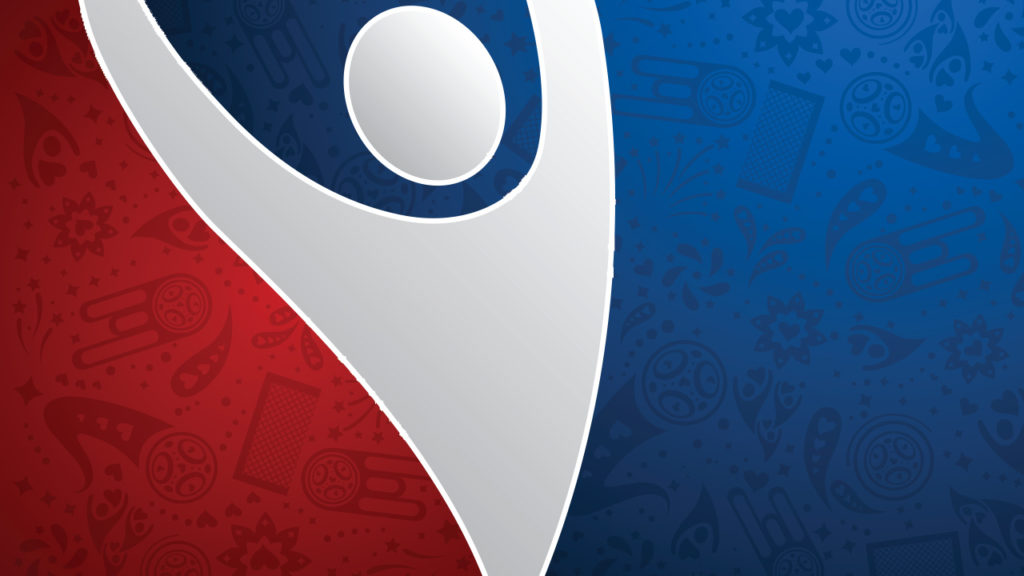This year’s FIFA World Cup yielded many surprises not just for fans and players but for brands and analysts as well. Facebook and Instagram saw massive spikes in interaction during the game and Pepsi finally got an ad victory over its arch-rival, Coca-Cola. Meanwhile, Nike and Apple proved that you don’t have to be an official sponsor to be the most popular, fans turned away from the TV and onto devices to watch the action and Chinese brands threw their very expensive hat into the advertising ring. Meanwhile, England consumers weren’t thrilled about a “bombardment” of gambling ads.
Americans Prefer Advertising From The “Other” Football
The World Cup (and soccer in general) may be loved the world over, but data compiled by Ace Metrix shows limited appeal in the US, at least in terms of advertising. Overall ad effectiveness, attention and likeability represented by the Ace Score, for this year’s World Cup ads trailed significantly behind both Olympics and Super Bowl creatives, the company said.
The most popular ad in terms of attention score was Pepsi’s #LoveItLiveIt ad, in which famous soccer players kick a ball filled with blue paint. This campaign had the strongest unaided brand recall, according to Ace Metrix.
The second most popular ad that aired during the World Cup was Powerade’s “Unstoppable” ad, followed by Coca-Cola’s “Get Ready for the #FIFA World Cup.” Pepsi’s small victory over its rival should make its team happy, as the company ramped up marketing spend this year to better compete in North America.
https://www.youtube.com/watch?v=R4vg6AKi6bs
Facebook Shares World Cup Hype On Its Platforms
The FIFA World Cup only happens every four years, building tremendous hype before exploding as countries face off in international competition. Between June 14 and July 15, 383 million people interacted on Facebook and 272 million interacted on Instagram with soccer/football content, Facebook reported on Monday. On Instagram, there were 11 million stories produced relating to the football tournament and over three billion World Cup-related interactions.
Barcelona soccer star Lionel Messi was the most-talked-about player on both Facebook and Instagram and his new profile picture became the most popular tournament-related Facebook post. The most-loved post on Facebook came from Mexico’s Raúl Jiménez when he shared a photo of his team after it upset Germany in the group stage.
OTT Streaming For The Win
The 2018 World Cup broke records for online TV streaming habits, with more than 23.3 million hours viewed during the quarterfinals, according to analytics company Conviva. Among those not watching the final on traditional television, Conviva observed a worldwide average of 64.6 minutes viewing time streamed per unique viewer.
“We also saw a trend of in-app dominating browser plays (with 67 percent of successful plays in-app versus 33 percent in-browser),” Conviva told CNBC.
Nike ‘Believes’ It Walked Away A World Cup Winner
Despite not being an official partner of the FIFA World Cup—unlike its arch-rival, Adidas—Nike walked away with its first “all-Nike final,” the company said in a statement. Ten of the 32 teams in Russia wore Nike kits as well as three of the four teams in the semifinals and two of its sponsored teams made the finals. A total of 100 goals were scored by players wearing Nike boots, the company said.
When France won this year’s World Cup, fans rushed the Nike store in Paris to get their hands on the new France shirt that features two stars, representing two World Cup wins. Riot police had to break up the crowd before it was eventually announced the coveted shirt would go on sale Tuesday.
Throughout the World Cup, Nike aired a series of motivational spots called “Believe” that featured Cristiano Ronaldo, Neymar Jr. and others. Nike says the spots earned over 100 million views and 50 million engagements.
https://youtu.be/O7D-I8ct8-4?list=PLmOt0Ey1uV4nQw_GSrZCK_kFAU0XHBUi0
Players Unofficially Model Apple Accessories, Piquing Interest
Apple was another brand that gained a lot of recognition during the World Cup despite not being an official sponsor. Several pro soccer players were spotted wearing Apple AirPods, headphones or Beats headphones during commutes and before matches. In accordance with FIFA’s strict rules against “ambush marketing,” players covered any logos with tape—but the products’ unique designs made them hard to mistake for any other brand.
China Joins The Game
This year’s World Cup saw a dramatic increase in advertising from Chinese brands. In fact, Chinese companies spent $835 million on advertising and promoting their brands during the international sporting event, accounting for 35 percent of total sponsorship. This year’s top-tier sponsor was Chinese brand Wanda, which joined six other sponsorship partners from the country.
“Similar to our passion for soccer and the World Cup, which brings out the competitiveness in all of us, Chinese brands are also becoming more competitive in the global market,” said the China Internet Information Center in a statement.
ITV Faces Scrutiny Over Gambling Ads
British television network ITV is being criticized for favoring gambling ads over any other category during the World Cup. According to an analysis by The Guardian, one in eight commercials during the first 30 games on ITV were centered around gambling totaling almost 90 minutes. The sheer volume of these advertisements resulted in 115 complaints made to The Advertising Standards Authority, expressing concerns about showing these messages to children watching sports.
The Labour party says it would impose a mandatory levy on the industry to fund increased research, education and treatment of gambling addiction and the effects of advertising, adding that an estimated 25,000 children under 16 addicted to gambling.

